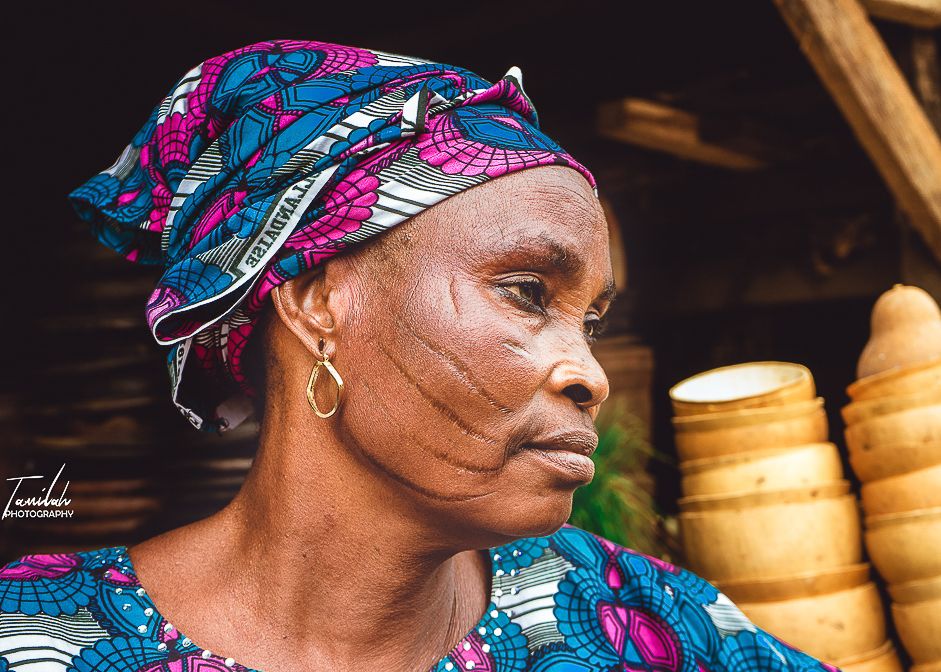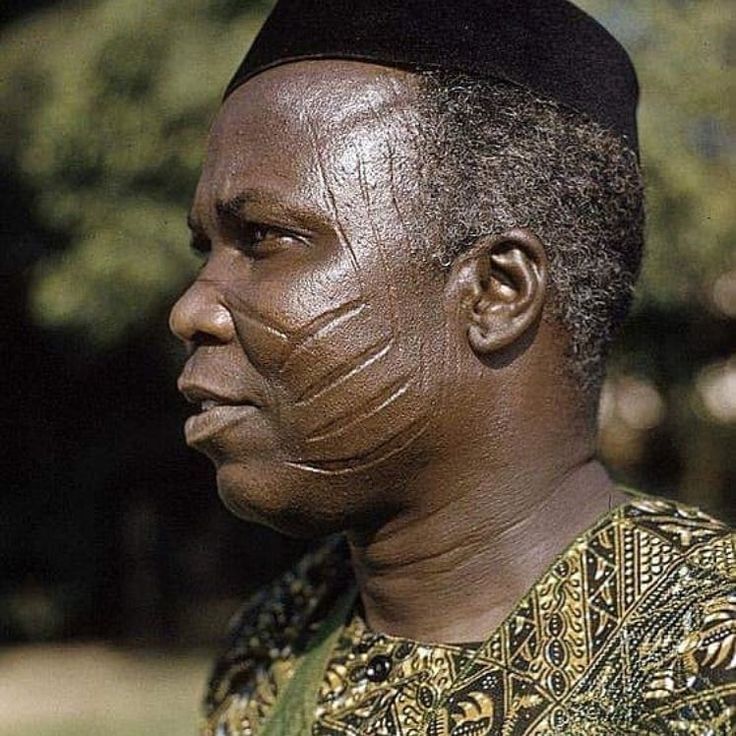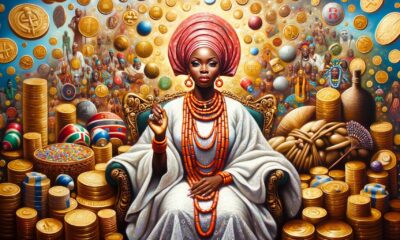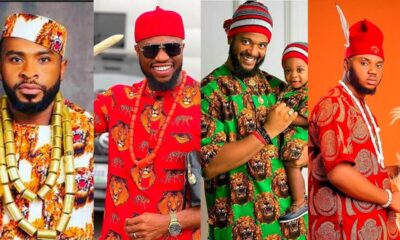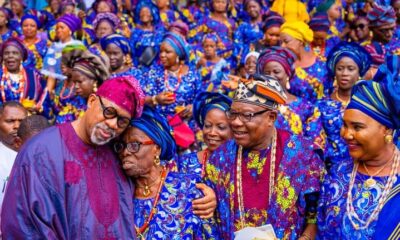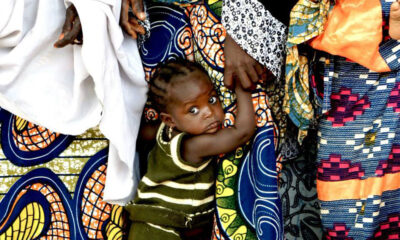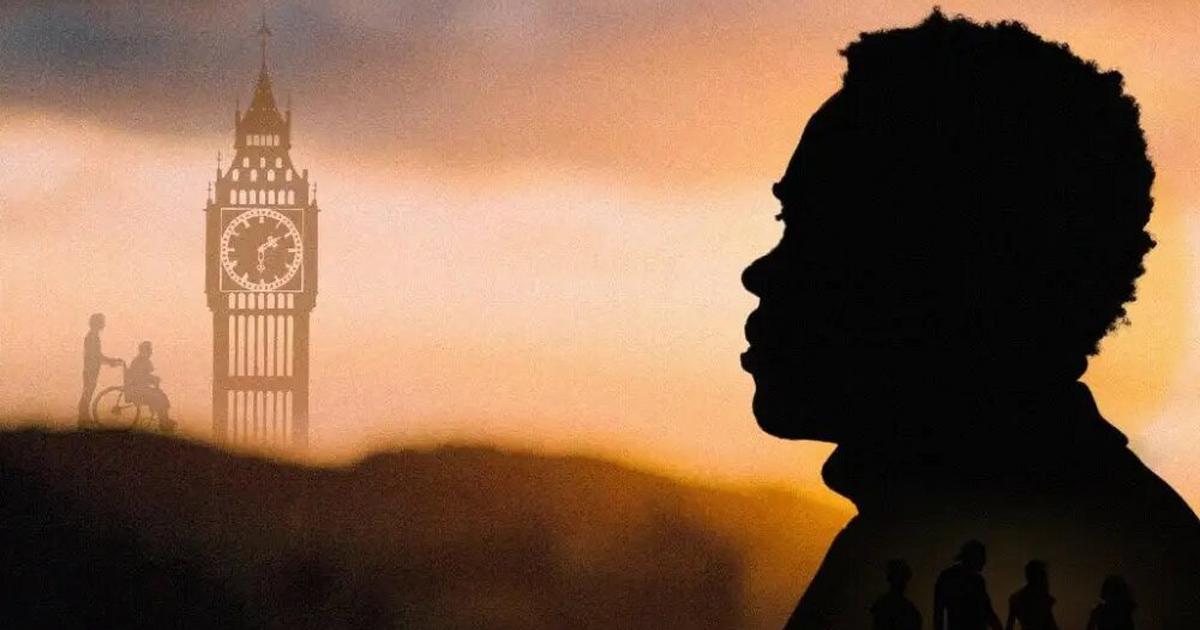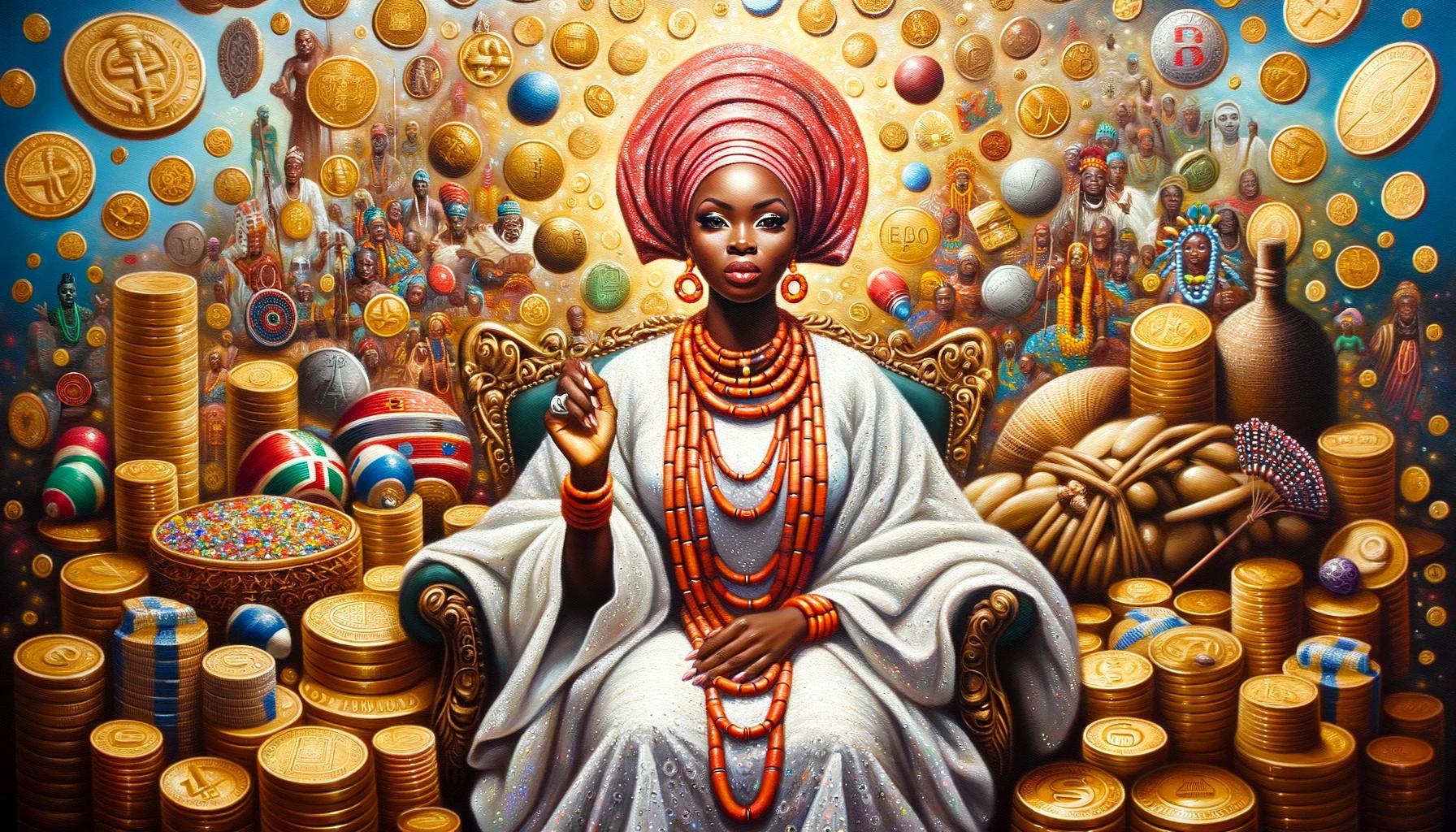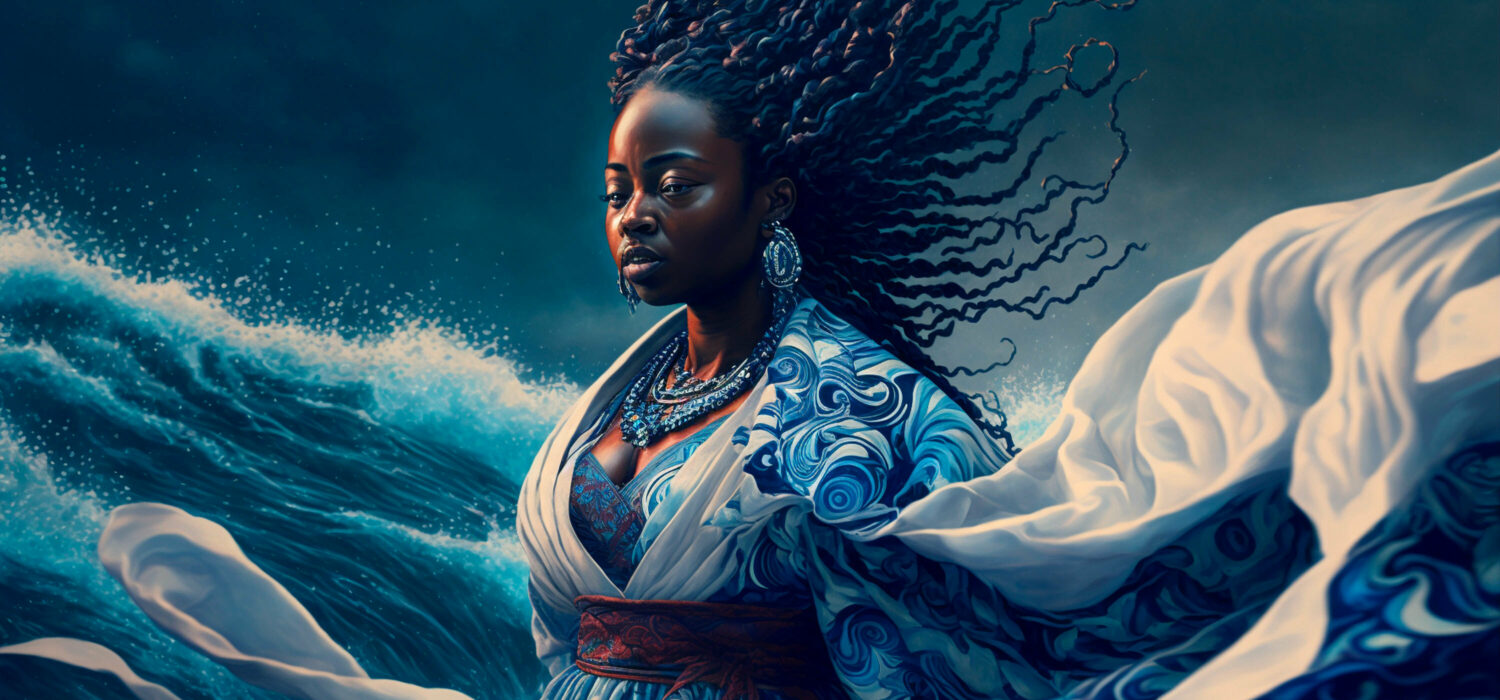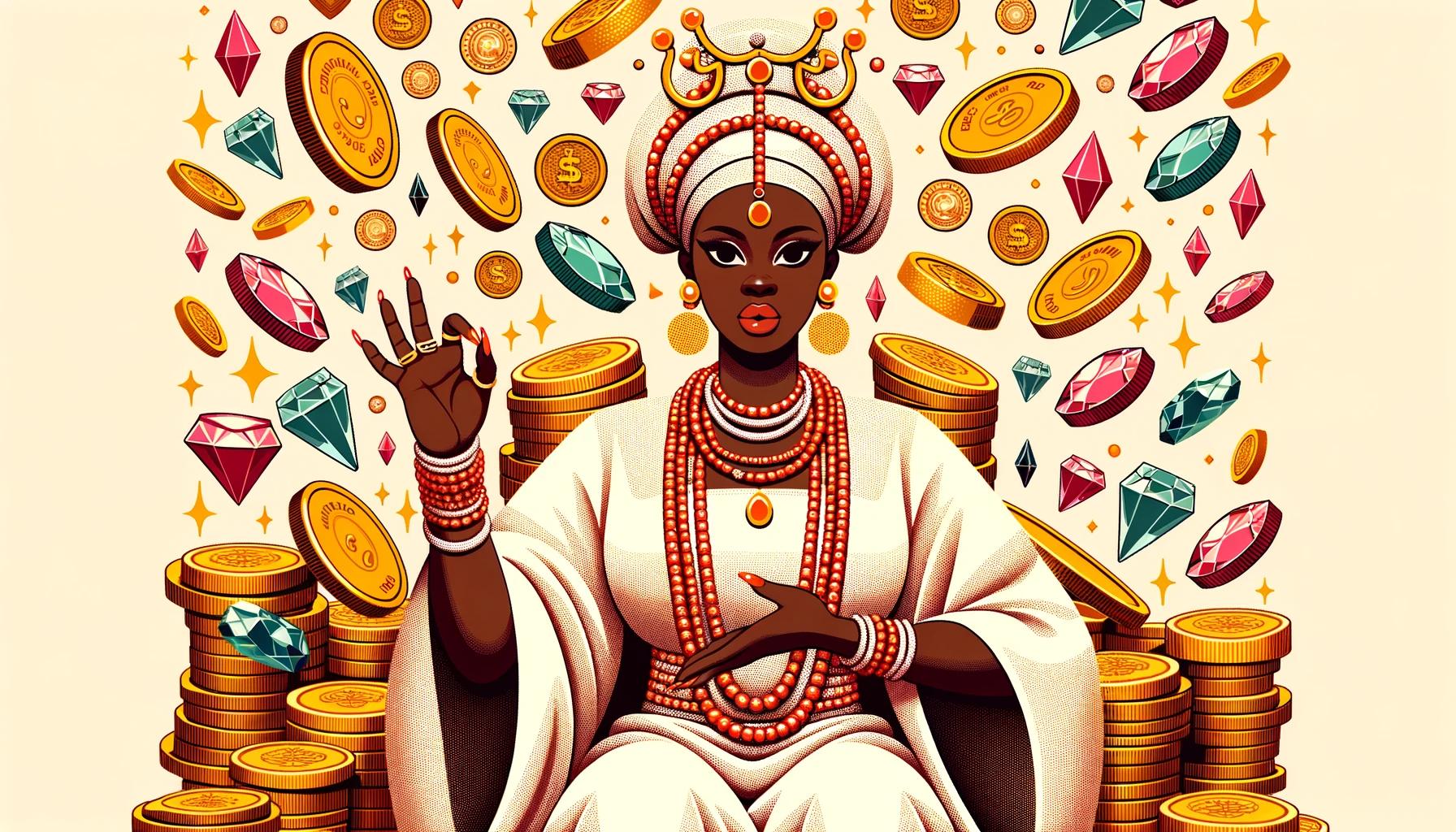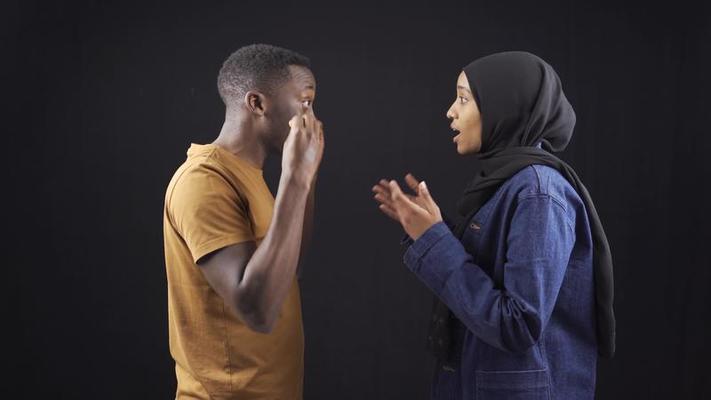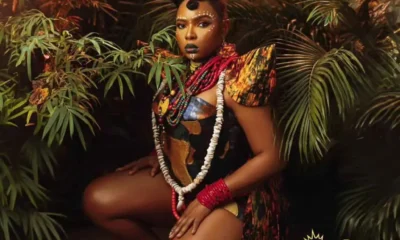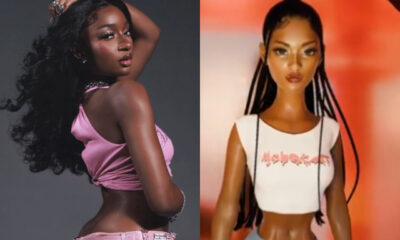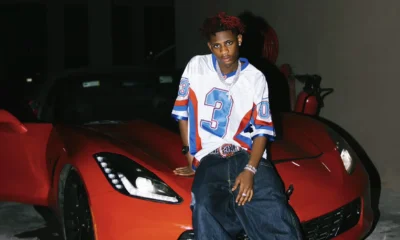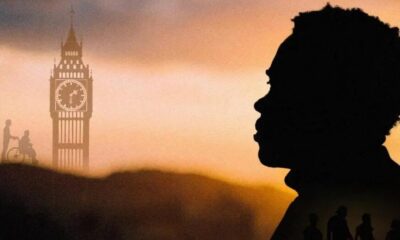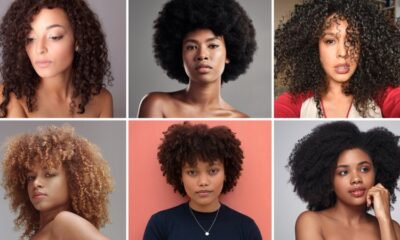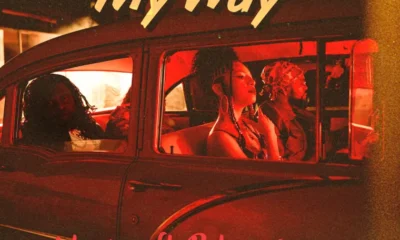Why were the tribal marks given?
1. Cultural Significance:
Yoruba tribal marks used to have deep cultural meaning within Yoruba society. They were typically given when individuals were young and served as a visual representation of their Yoruba lineage and heritage. These marks were also used to identify people within the community. In the past, when Yoruba communities were closely-knit and in rural areas, these marks helped distinguish one person from another. Many believed that tribal marks had spiritual or protective qualities, guarding against certain illnesses and misfortunes.
2. Social Status:
Previously, Yoruba tribal marks were linked to social status and identity within the community. Different patterns of these facial markings indicated different clans, families, or social groups. The marks also conveyed a person’s age, marital status, or accomplishments.
3. Beauty and Aesthetics:
Surprisingly, tribal marks were once considered a way to enhance beauty, in contrast to how they are viewed with disapproval by modern society today. The Yoruba people believed that these marks added to a person’s attractiveness. Interestingly, individuals with prominent tribal marks were often seen as more appealing.
What are the different tribal marks?
The tribal mark known as the “Abaja” style is distinct to the indigenous people of Oyo, Nigeria. It was specifically etched onto the cheeks of Lamidi Adeyemi III, who holds the title of the Alaafin of Oyo.
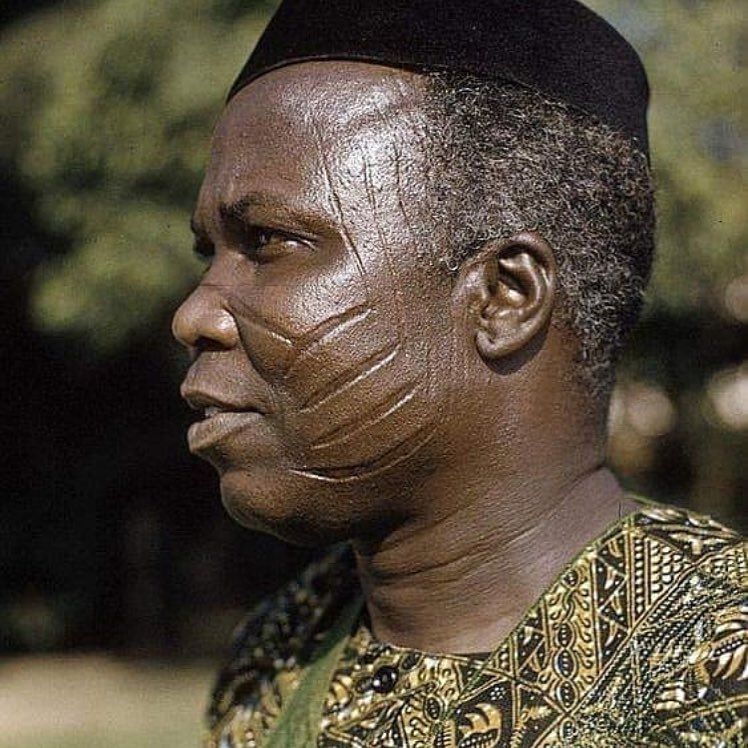
There are other various Yoruba tribal marks, including “Ture”, “Mande”, “Bamu”, and “Jamgbadi”, each with its unique patterns and significance within the Yoruba culture.
These marks are significant among the Yoruba people, with different styles representing various clans, families, or social groups.
What are Yoruba tribal markings?
The tribal marks were typically inscribed on individuals at childhood through burning or cutting the skin. The tribal marks played a crucial role in identifying individuals as members of a particular Yoruba tribe, clan, or social group. They were a visual representation of a person’s Yoruba cultural identity. Those without tribal marks might have been seen as outsiders or not fully integrated into the Yoruba community.
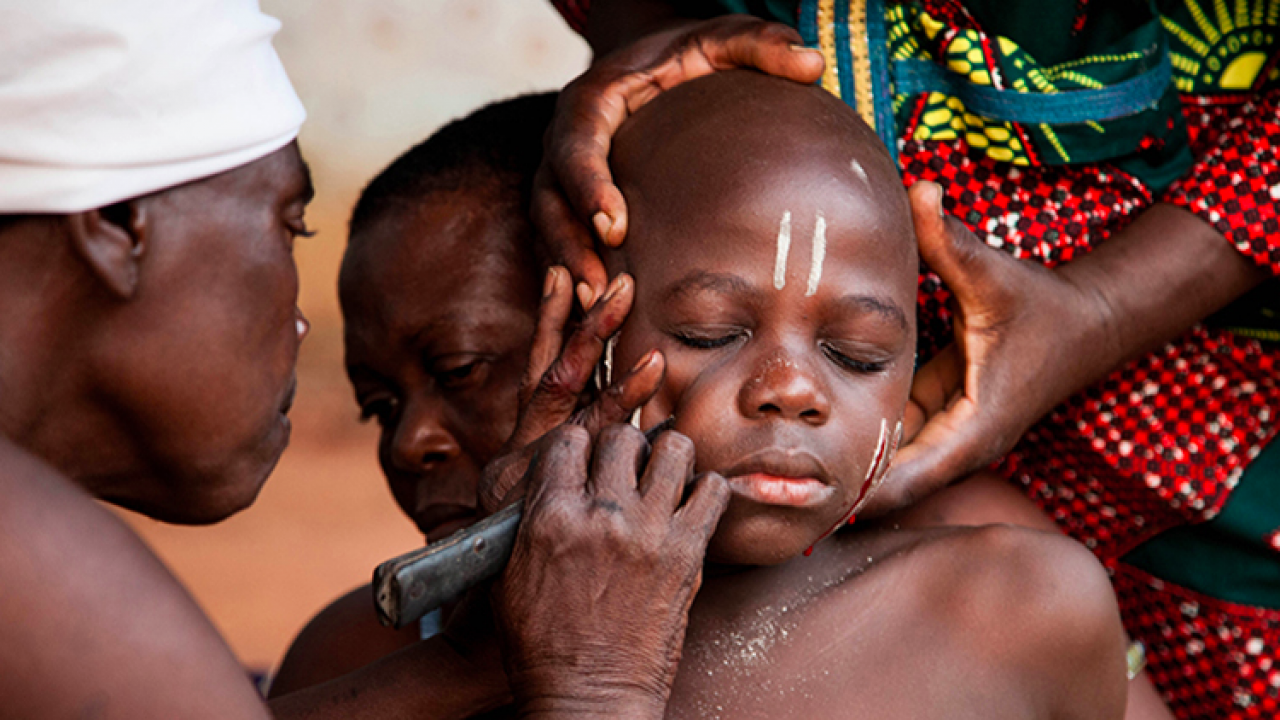
Furthermore, tribal marks gained even greater importance after the end of the transatlantic slave trade. They became a way to assert one’s Yoruba identity and distinguish oneself from those who had been forcibly taken away during the slave trade, often losing their ties to their culture. Tribal marks helped reconnect individuals to their Yoruba roots and served as a marker of their cultural belonging.
Why did the tribal mark practice decline?
Certainly, many people now strongly disagree with the idea of tribal marks enhancing beauty. These marks are now seen as outdated and relics of the past that should be abandoned. The practice of giving Yoruba tribal marks is viewed as inhumane and has significantly decreased due to changing social norms and concerns about potential health risks linked to facial scars.
The decline of Yoruba tribal marks can be because of several factors:
1. Changing Beauty Standards:
In modern times, beauty standards have evolved, and many people no longer view tribal marks as attractive. What was once seen as a form of beauty enhancement is now often considered outdated.
2. Westernization and Urbanization:
As Yoruba society has become more urbanized and influenced by Western culture, traditional practices like giving tribal marks have declined. Western beauty ideals, which often emphasize unmarked skin, have played a role in this decline.
3. Negative Health Perceptions:
Concerns about the potential health risks associated with tribal marks, such as infections and scarring, have led to a decrease in the practice. These concerns have become more prevalent in modern times, with a greater emphasis on health and hygiene.
4. Changing Social Norms:
The practice of giving tribal marks to children without their consent has faced criticism in contemporary society. Many see it as a form of bodily harm, and there is a growing awareness of the importance of individual autonomy and consent.
5. Generational Shift:
Tribal marks are now more commonly associated with older generations who received them in their youth. Younger generations often do not receive tribal marks, as they are less likely to adhere to traditional practices.
6. Legal Restrictions:
In some places, there have been legal restrictions on the practice of giving tribal marks, particularly when it involves minors. These restrictions aim to protect children from potential harm.
7. Globalization:
Increased exposure to global cultures and ideas through media and the internet has contributed to the decline of tribal marks. Younger generations may be more influenced by global beauty and fashion trends.
